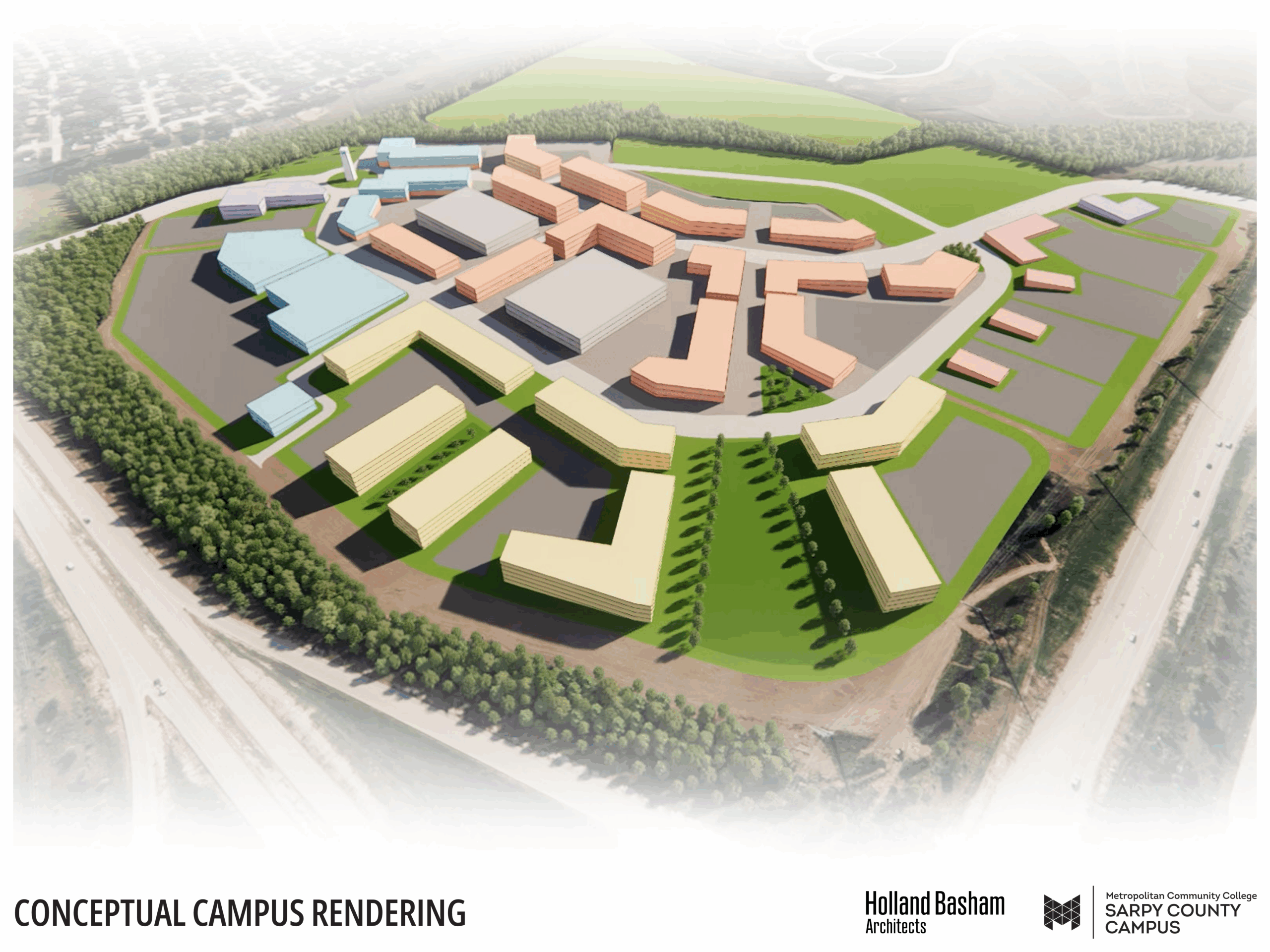
What started out as legislation (LB989) to authorize a feasibility study in Lincoln, ended up as a statewide policy framework for driverless vehicles throughout Nebraska. That foundation – and grant support from Bloomberg Philanthropies – has allowed Lincoln to conduct a pilot test of a Navya autonomous shuttle over the past several weeks.
“Transportation and communications technology is evolving at a rapid rate, and many cities, states, and institutions are already pursuing driverless technology to stay competitive,” said State Senator Anna Wishart of Lincoln, who led the passage of the legislation. “I am thrilled that with the passage of LB 989, Nebraska has now opened our doors to this innovative technology.”
Dozens of community leaders, Lincoln residents and out-of-state guests have taken a spin on the shuttle, which navigates a short route in a parking lot at Nebraska Innovation Campus. During the ride, Navya Technical Sales Manager Aaron Foster describes how the shuttle operates and answers questions.
“We’re following a virtual center line with GPS coordinates,” Foster said. “Stops are encoded with satellite data, things like stop signs and crosswalks.”
GPS is the primary navigation tool, but operation in certain locations or weather conditions can interfere with satellite communications. Backup navigation is provided by light detection and ranging (Lidar) technology.
“GPS is actually not a hard and fast requirement,” Foster said. “We operate indoors with 100% Lidar.”
The shuttle is fully electric, operating on battery power.
“Battery life is typically 8 to 10 hours,” Foster said. “Recharging a battery can take 4 to 8 hours depending on the charging station amperage. We can change out a battery in about 20 minutes.”
Assistance in planning the project and securing funds from Bloomberg has been provided by HDR.
“HDR is extremely excited to be part of this project,” said Ben Pierce, Transportation Technology Leader. “Autonomous and connected vehicles are beginning to change the transportation system, a trend that will only increase over the next few years. We are proud that we can help advance the knowledge base and mobility of travelers in our home state of Nebraska.”

One of the questions posed most often about autonomous they vehicles concerns safety.
“I hear a lot of questions about whether these vehicles are safe,” Pierce said. “For this pilot, the city has pulled out all the stops to create a real-world yet safe environment for the shuttles and the traveling public.”
The matter of safety is also a common concern heard on a national scale.
“With any new technology, there can be skepticism,” said Scott Hall, Director of Communications & Public Affairs for the Alliance of Automobile Manufacturers. “While there are a number of reasons to expedite autonomous vehicle technology, the most important factor is the potential lives that could be saved. Government data show that human choice or error is a factor in approximately 94% of all crashes on U.S. roads in 2016.”
The Alliance is bullish on the future of driverless vehicles.
“Autonomous vehicles hold tremendous promise for greater road safety and independence for our most vulnerable populations,” Hall said. “Development and eventual deployment of advanced vehicle technologies have the potential to significantly reduce the number of crashes and at the same time expand mobility options.”
Driverless vehicles can also contribute to the development of a culture that is attractive to entrepreneurs and young professionals, something cities like Lincoln are making a priority. A recent study by AAA reports that the public in general, and millennials in particular, are warming to the idea of autonomous technologies.
“Americans are starting to feel more comfortable with the idea of self-driving vehicles,” said AAA Automotive Engineering and Industry Relations Director Greg Bannon said in a news release. “Compared to just a year ago, AAA found that 20 million more U.S. drivers would trust a self-driving vehicle to take them for a ride.”
––
Rod Armstrong is the Vice President of Fundraising at AIM Institute and a regular contributor to Silicon Prairie News.




